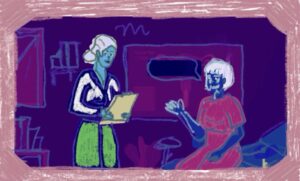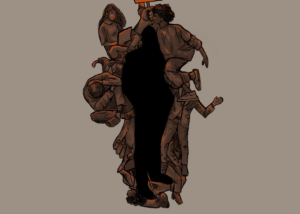In the Jesuit educational tradition, Georgetown University makes a commitment to the development of the entire person—mind, body and spirit. This seems clear to anyone who has been to Yates between 6 and 8 p.m., or who has passed a pack of runners on their way to the Rosslyn Metro stop. Georgetown students appear to be fit. Men’s Fitness recently quantified this observation by ranking Georgetown the 18th fittest campus in America, based on research conducted by The Princeton Review. Georgetown should formally recognize its commitment to the development of the body by incorporating a physical education requirement into the core curriculum.
The concept of the core curriculum already reflects this philosophy of cura personalis to a degree, requiring a broad range of coursework which includes two theology classes. In this case, the school requires study in a specific area because it is essential to Georgetown’s identity. The University maintains its liberal arts tradition by offering a variety of options within that requirement. The same should apply to education of the body, in the form of two 1 or 2 credit Physical Education requirements.
In fact, as Director of Yates Field House James Gilroy notes, phys ed was required for all undergraduate students until 1968, and was fulfilled through standard gym classes. Recently, Georgetown has shifted its focus in the leisure and recreation classes to lifetime fitness activities such as dance and yoga. In addition to this new variety of options, more appealing models exist for incorporating them into the curriculum.
Physical Education is an essential element of the curriculum at Dickinson College, a small liberal arts school in Pennsylvania that stands at the top of the Men’s Fitness list as the fittest college campus in America. The classes are pass/fail, based primarily on attendance and can be fulfilled by a range of activities from basketball to rock climbing to aerobic activities, which includes jogging and the elliptical machine. The requirement ties into the Dickinson philosophy of maintaining a sound mind and sound body, Dickinson Head Athletic Trainer Robert Shank said. “That is the liberal arts tradition: a broad-based educational experience,” he added, a viewpoint that would seem to mesh seamlessly with the Georetown tradtion.
As to whether the facilities at Georgetown can support the increased volume, James Gilroy put the matter into perspective.
“We see 2,000 students per day as it is,” he said. If it is just two semesters, we would be able to accommodate it.”
Physical and mental health are interdependent. A phys ed requirement based on participation would not only provide students with a more structured active lifestyle, but also serve to further Georgetown’s philosophy of developing the whole person. Keeping fit doesn’t have to mean logging thousands of hours on the elliptical with a copy of Us Weekly; instead, it could mean rediscovering the joys of organized sports or learning a new skill, something that mandatory gym classes would go a long way towards promoting. College should be not just about the important task of education, but also about learning to savor the fun in life. Gym class is a perfect marriage of the two.




